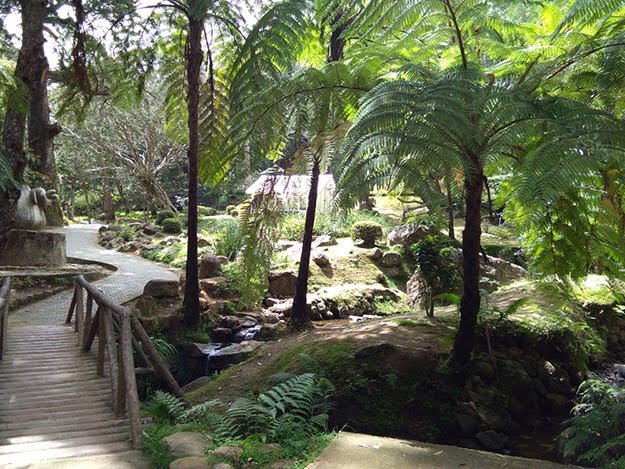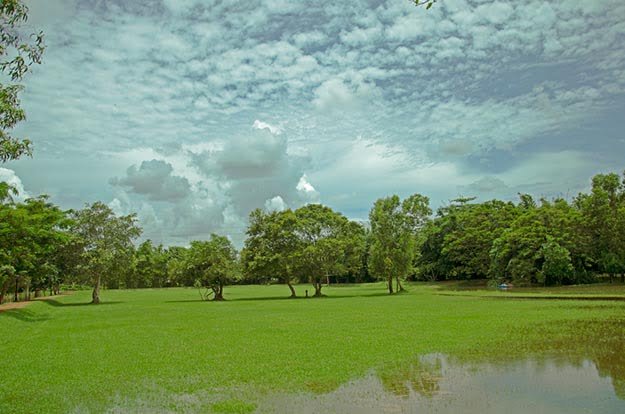
Here is the list of Botanical Gardens in Sri Lanka. Royal Botanical Gardens -Kandy, Hakgala Gardens - Nuwara Eliya, Seethawaka Wet Zone garden -Avissawella, Mirijjawila dry zone botanic garden - hambantota, Botanical gardens - Gampaha
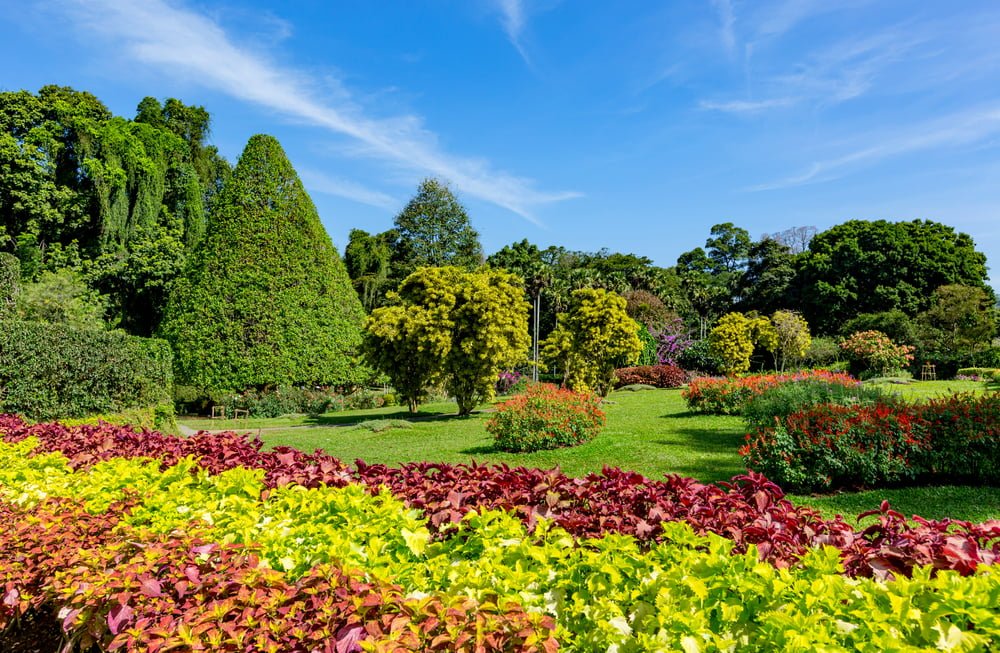
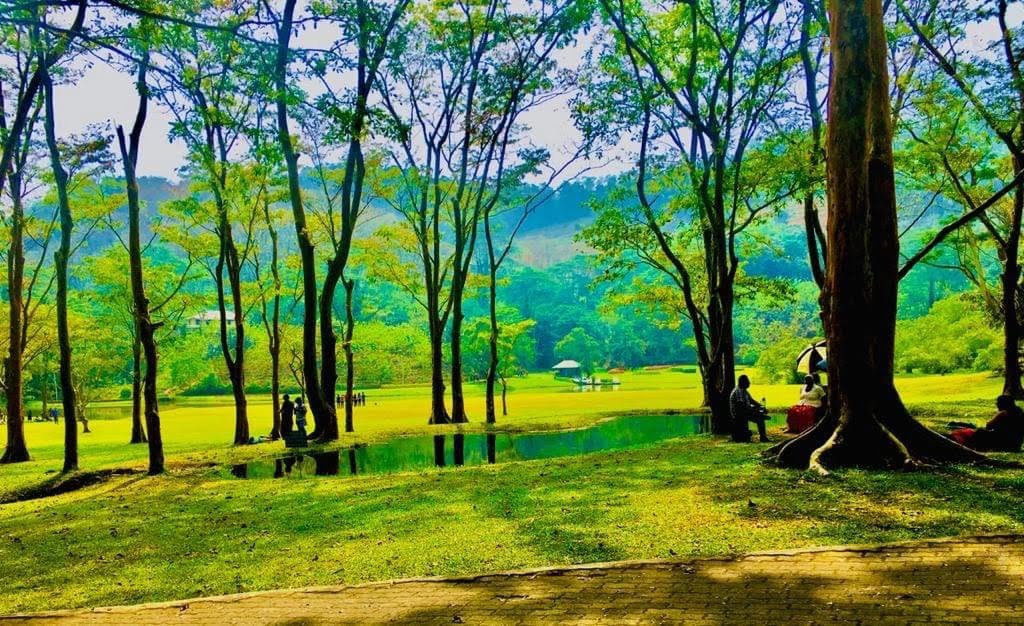
Haggala Botanic Gardens were established in 1861 to experiment and improve Cinchona cultivation in Sri Lanka. The fields in the hill country among Sri Lanka’s tea plantations in the Nuwara Eliya district are placed along Badulla Road, 9.5 km southeast of Nuwara Eliya.
Henarathgoda Botanical Garden is located near Gampaha, about 450 m away from Gampaha railway station, on Gampaha-Minuwangoda main road. It was founded in 1876 by the British to conduct operations on exotic industrial plants such as Rubber and explore plant wealth and expansion of the economy in the territory. The garden consists of a broad type of plants, and many of them are from each corner of the tropical climatic zones and includes the land of 43 acres.
The prime imported rubber tree to Sri Lanka was first settled in this garden. It held the first seedlings of Brazilian rubber tree ever colonised in Asia after the seeds burrowed out from the Pará, Santarém, Brazil by British explorer Sir Henry Alexander Wickham did introduce to Sri Lanka from the Royal Botanic Gardens, Kew, The British scientists examined their tests on Sri Lanka due to the collapse of Rubber trials in India. They found that Ceylon offers the same environmental condition as that of the Amazon. These trees bloomed in 1880, and from the following year, Rubber seeds were distributed throughout the country and some other British colonies in South and Southeast Asia.
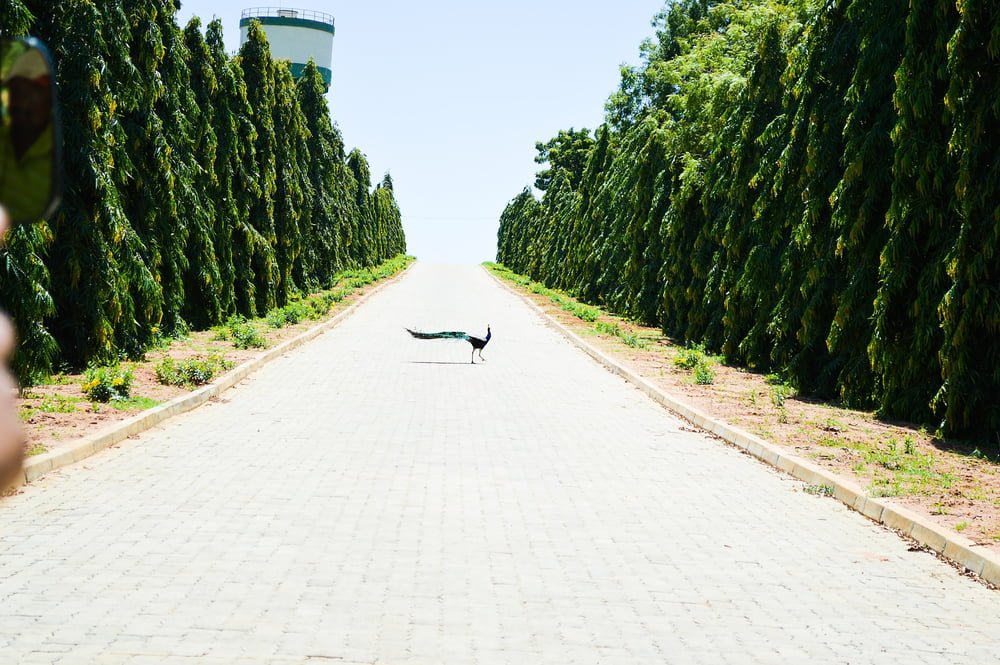
Dry Zone Botanic Gardens is the most comprehensive botanic garden in Sri Lanka in terms of space, and the size is 300 acres. An area designated for the oil refinery project has been implemented to create Dry Zone Botanic Gardens in 2006. This land had been treated with prickly shrubs and abandoned Chena lands when it was designated to develop the botanic garden. A few decades before, these lands had been used to grow cotton. This would be the main reason exist thorny shrubs in the area instead of a forest. But, the botanic garden has a few natural shrublands to show the existing plants and conduct research.
40 Places to Visit in Ella and Surrounding Areas
Ella, Sri Lanka, is a little hamlet in the hills, home to various attractions, including…
32 Places to Visit In Nuwara Eliya
Nuwara Eliya town and the surrounding area are one of the most vibrant locations in…
16 Places to Visit and Things to do in Mirissa
About Mirissa Mirissa is one of the most famous beachfront destinations In the South of…

